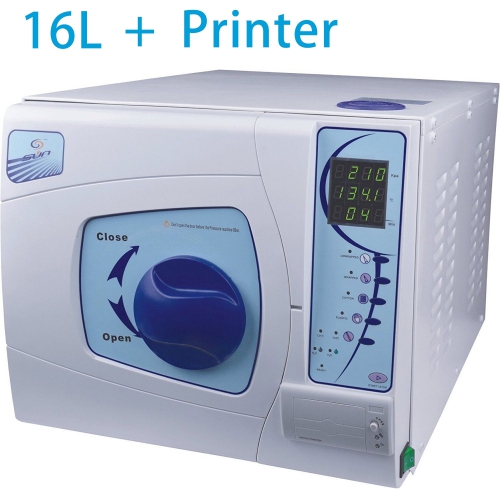Air polishing is just that – it’s the practice of polishing the teeth using a stream of air that’s directed onto them. Some air polishing machines may also use a stream of water. The air works in two ways. Firstly, it ‘blows’ onto the teeth and gums to remove any buildups of dirt, and get rid of any food that may have become trapped, which is especially common if you choose not to floss. Secondly, it blows an abrasive powder onto the teeth which helps to tackle stubborn stains such as tea and coffee.
There are two powders that are commonly used for air polishing by dental air polisher, and these are sodium bicarbonate and glycerin powders. These are chosen because of their excellent abrasive qualities. Think about when you’ve got a dirty pan in your kitchen – you may use sodium bicarbonate (baking soda) to remove the stains. It’s exactly the same when it comes to your teeth; sodium bicarbonate can help to get them clean.
A powerful yet controlled jet of water, air and fine powder not only polishes all the surfaces of a tooth, removing plaque, discoloration and soft deposits, but also reaches deep into periodontal pockets up to a depth of 5 mm. It is far more efficient than traditional scrape and polish treatment at removing the damaging biofilm that develops when dental plaque is colonized by bacteria and can cause periodontitis and peri-implantitis to develop. Air flow polishing is completely safe to use with dental implants, veneers, crowns and bridges.
Anyone who has ever cringed as a scraping tool digs into their gums or a polishing disc presses onto tooth enamel will welcome air polishing for its painless, fast and non-invasive method of cleaning. Even deep pockets and interproximal areas are easily reached without uncomfortable and potentially damaging probing by curettes and scrapers and with no instrument contact, the technique does not generate any heat or vibration. The non-toxic powder used in air polishing is also more pleasant and less gritty than the heavy paste used in traditional polishing. Air polishing powders with added flavors, such as spearmint, have even been developed for use in machines, making the experience even more pleasant.
Air polishing has only recently become a common option for dental patients, it’s a concept that’s been around for quite a while. Over the past few years, techniques have been perfected, and air polishing is now believed to be a very safe, effective, and efficient way to remove stains from the teeth, although it’s important to remember that air polishing methods may not be suitable for everyone.
